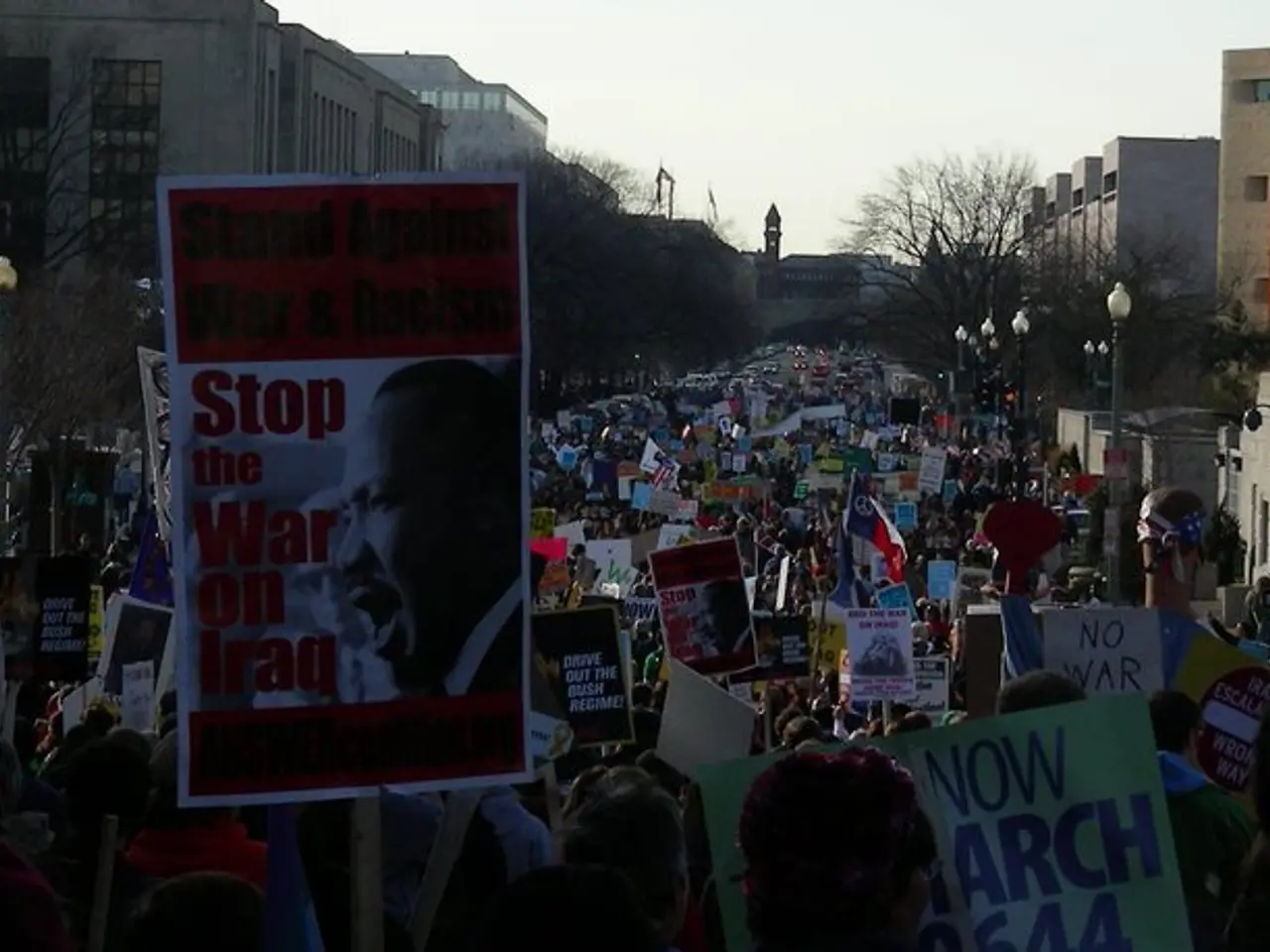Violent confrontations continue in Belgrade as multiple individuals are detained and injured during the third successive night of skirmishes
The peaceful protests led by university students against President Aleksandar Vucic in Belgrade have escalated into violent clashes in recent days, spreading to multiple cities across Serbia.
The initial protests, which began nine months ago following a deadly train station canopy collapse in Novi Sad that killed 16 people, were initially focused on accountability and transparency regarding the railway station project. However, the demands have since expanded to include a denunciation of government authoritarianism, improvements in the rule of law, and the holding of early elections.
The wave of mass protests has seen clashes between protesters, pro-government supporters, and police, with both sides suffering injuries. According to reports, dozens of arrests and police officers have been injured in these incidents. The Ministry of Interior reported 38 arrests and six police officers injured, while government-critical social media outlets reported that at least ten injured protesters were attended to by emergency services.
The Commissioner for Human Rights of the Council of Europe, Michael O'Flaherty, has deplored the disproportionate use of force by the police in Belgrade and called on authorities to avoid excessive use of force, end arbitrary arrests, and reduce tensions.
The protests have been fueled by provocations from government-backed hooligans and harsh police responses, including the use of tear gas and disproportionate force. Accusations of repression of democratic freedoms have been made against President Vucic since he assumed power 13 years ago.
The situation has raised concerns about press freedom and democratic backsliding under Vučić’s rule, with violence against journalists covering the events escalating to unprecedented levels. Police and government supporters have targeted media personnel, further deepening political tension in the country.
Serbia is seeking accession to the European Union, but President Vucic maintains close ties with Russia and the People's Republic of China. The ongoing clashes and the government's response have been criticized as inadequate by journalists and activists, who argue that this has emboldened the government's heavy-handed tactics against protesters and media.
As the situation remains volatile, calls from protesters for peaceful resolution via elections continue, but the ongoing violence threatens to deepen political tension in Serbia. The European Union's response and its stance on democratic norms and human rights in the country amid its EU membership bid will be closely watched.
In the midst of escalating violence during the student-led protests against President Aleksandar Vucic, discussions have expanded beyond railway project accountability to encompass political issues such as government authoritarianism, rule of law improvements, and holding early elections – all falling under the general-news umbrella. This unfolding political crisis, marked by excessive police force, arrests, and clashes between protesters and police, has also sparked concerns about press freedom and democratic backsliding, making it relevant news for crime-and-justice reporting as well.






